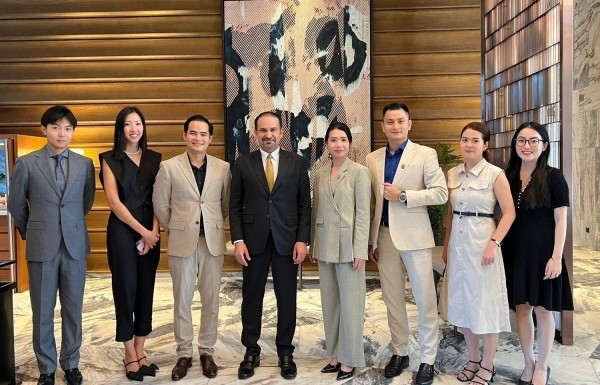Saigon real estate market divided by North – South zones
Saigon real estate market divided by North – South zones
Of more than 20,000 new houses offered on the market, the Eastern area accounts for 50% and the Southern area 25%.

The HCM City housing market tends to form two centers, the East and the South, as housing supplies in these zones outperform other areas.
The East is suddenly booming with large-scale luxury housing projects that connect with expressways, belt roads and the subway route now under construction.
The South does not have new projects. But the source of supply is still increasing, connected to the Phu My Hung urban area.
Figures from Savills Vietnam show that the housing market in HCM City is split into two main axes: the East including districts 2, 9, Thu Duc and part of Binh Thanh District with 10,191 housing units, and the South including District 7, Nha Be, Binh Chanh and part of District 8, with 5,450 housing units.
With 15 years of experience in the real estate industry in HCM City, expert Pham Van Hai estimates that the current market supply is around 20,000 new housing products. Each house is offered at average price of VND2 billion (nearly $100,000), totaling over VND400 billion.
In terms of sources and market capitalization, the East takes the lead (accounting for 50% of the market), followed by the South (25% of supply). The western and northwestern areas are also developing but they cannot keep up with the speed of the East and South.
The East and South areas also offer abundant sources of retail space and the East continues to gain the upper hand.
According to VnExpress online newswire, there are at least 300,000 m2 of new commercial floor to be available in the eastern area in 2015-2018. Meanwhile, by the end of 2016, the south is expected to have an additional of 80,000 m2 of shopping space.
Jonathan Tizzard, Director of Research and Assessment at Cushman & Wakefield, said the infrastructure in East Saigon (adjacent to the Saigon River) was being developed more quickly than the remaining market, so the supply of housing and retail space in this area has increased more dramatically.
The construction of the first metro route and the completion of Saigon 2 Bridge, Thu Thiem tunnel, Long Thanh Dau Giay highway and the ring roads have improved the look of the East. This promotes the development of real estate market of this area.
Tizzard said many new housing projects have appeared in east Saigon as the result of infrastructure boom.
Expert Pham Van Hai said there were many reasons for the real estate businesses to flock to the east.
Firstly, the East was previously not invested properly but now it is benefiting from the city’s robust infrastructure development policy (estimated at VND250 trillion).
Secondly, this is the interregional development gateway between HCM City and southeastern provinces.
Thirdly, the construction planning of this area is more synchronized than other areas and this area is changing day by day.
For the Southern area, the social and transport infrastructure formed very early. The success of the Phu My Hung urban area has created a powerful attraction for this area.
Since the heyday of the real estate market (2007), the South has led the market. Although it is no longer a new phenomenon, this area still maintains a high growth rate of housing supply.
The advantage of the South is the infrastructure and utilities, so people can move there immediately. However, except for Phu My Hung with its complete infrastructure, the infrastructure of the rest of the area is still incomplete.
























